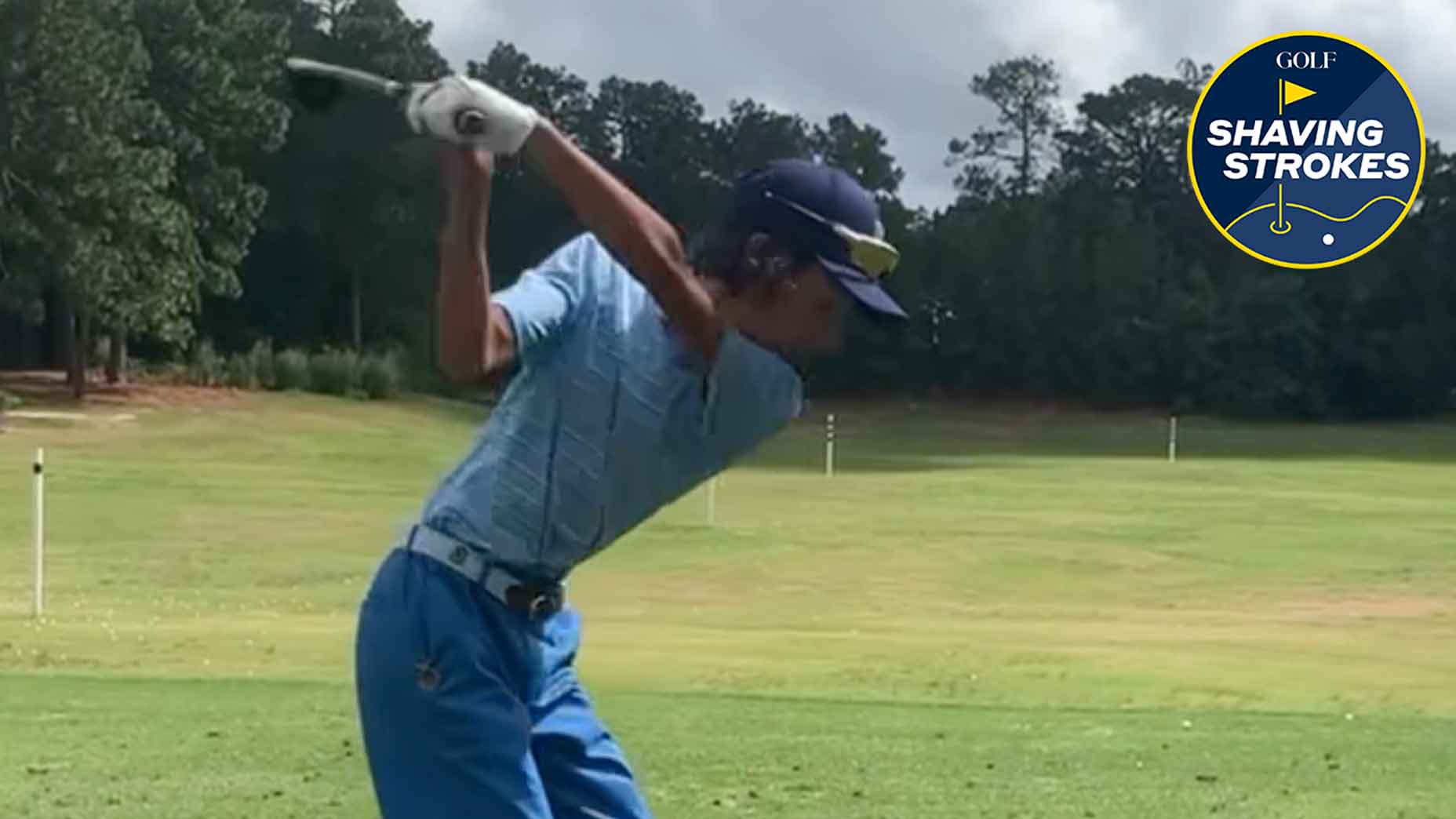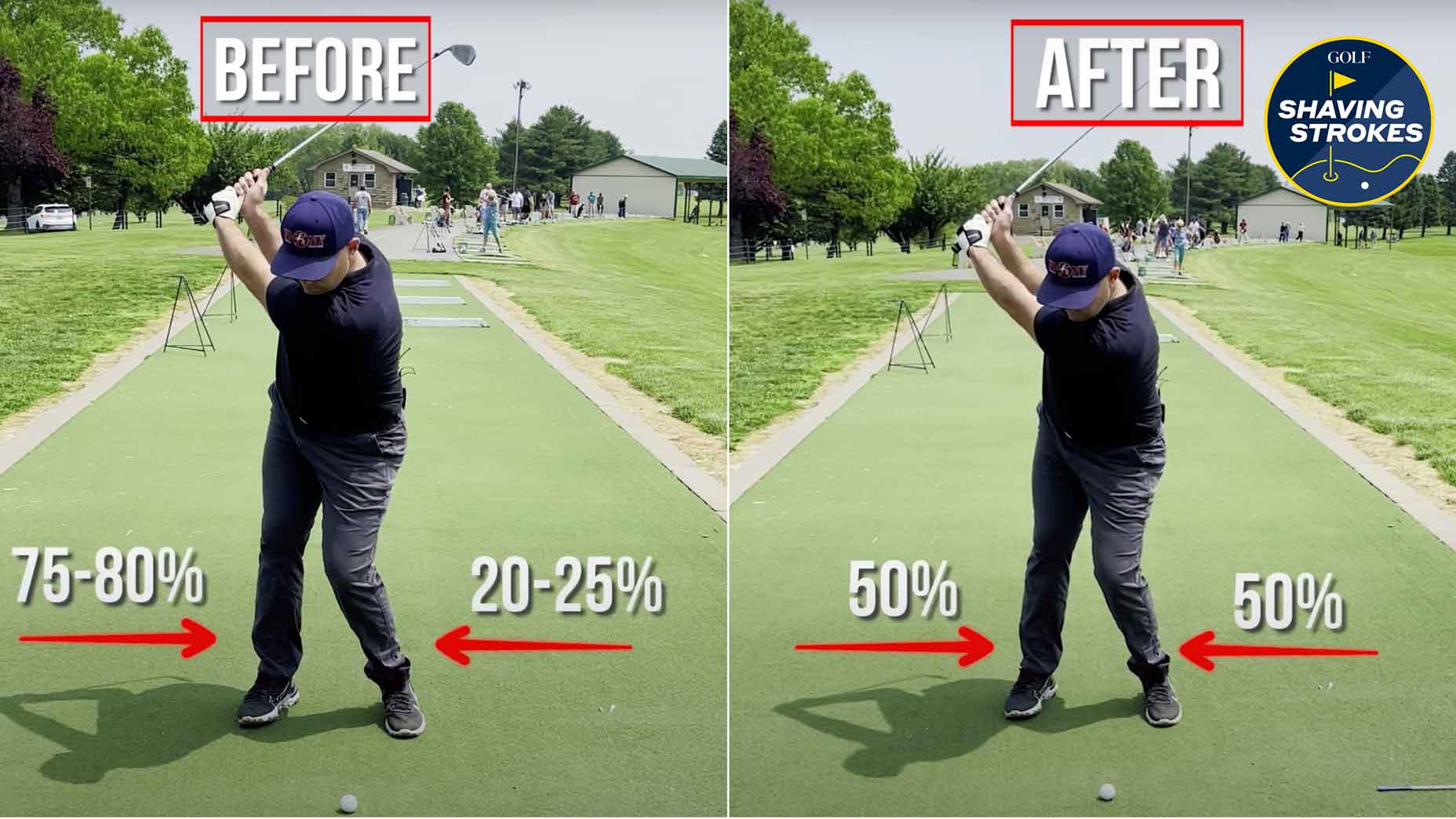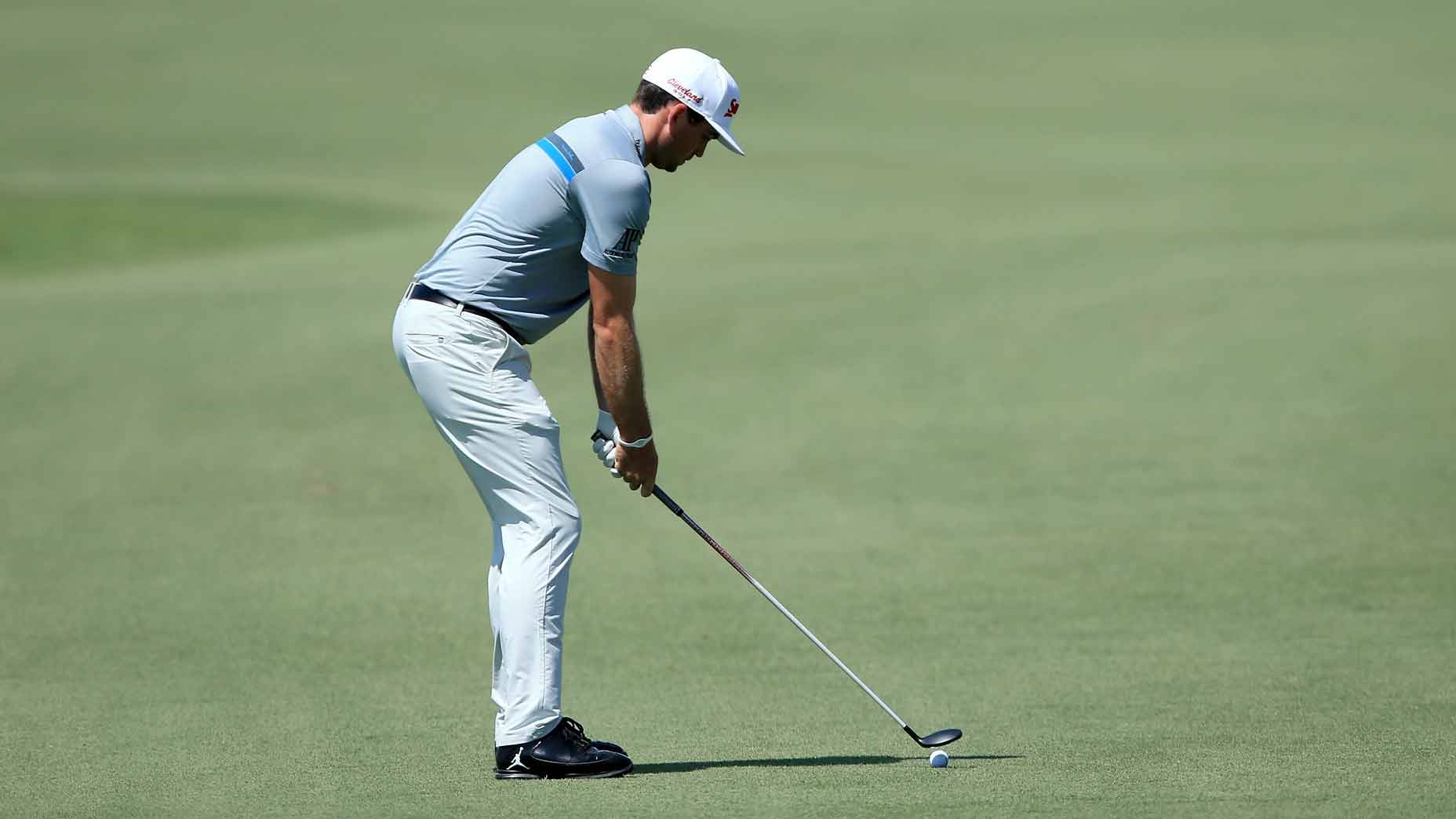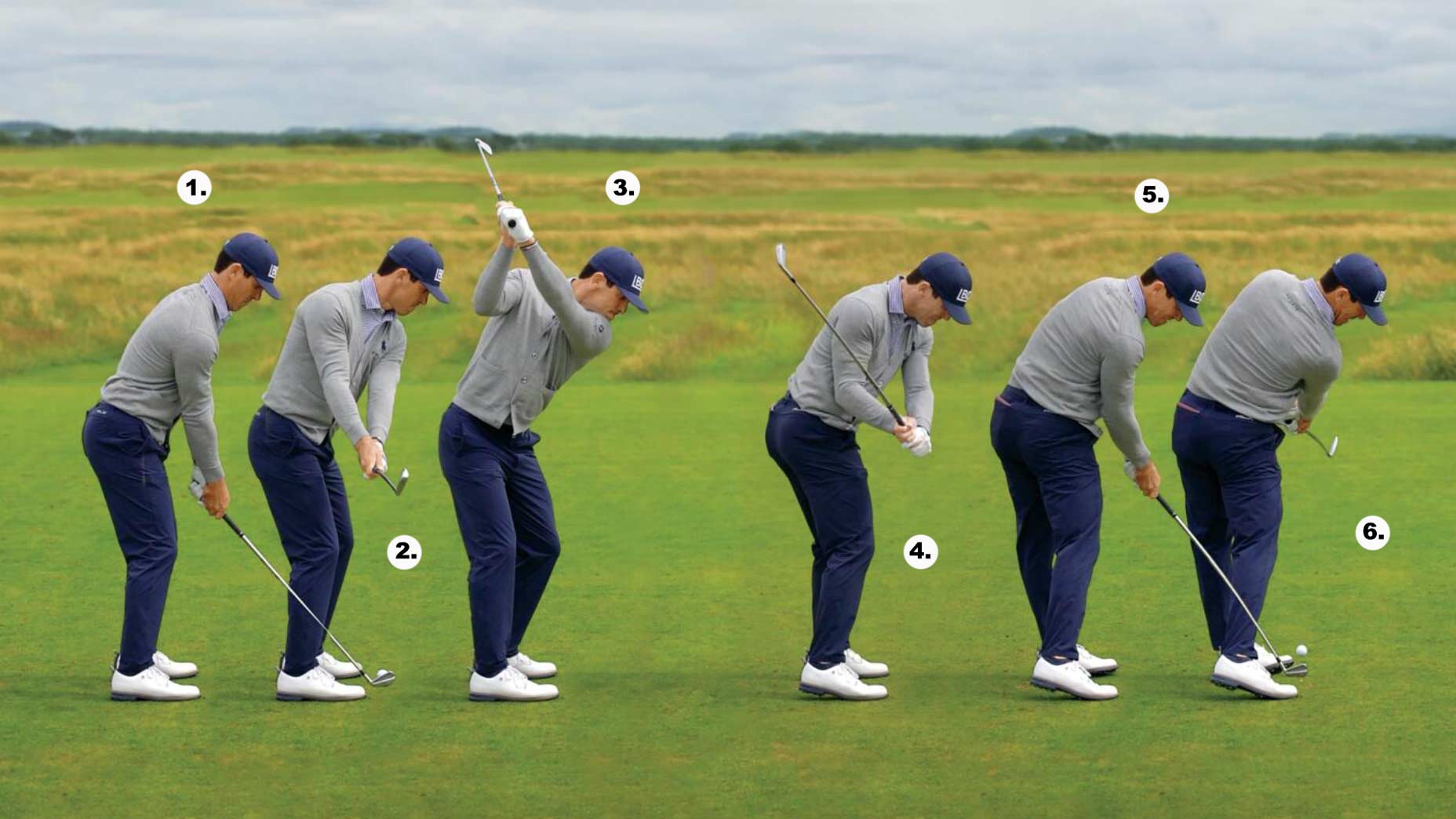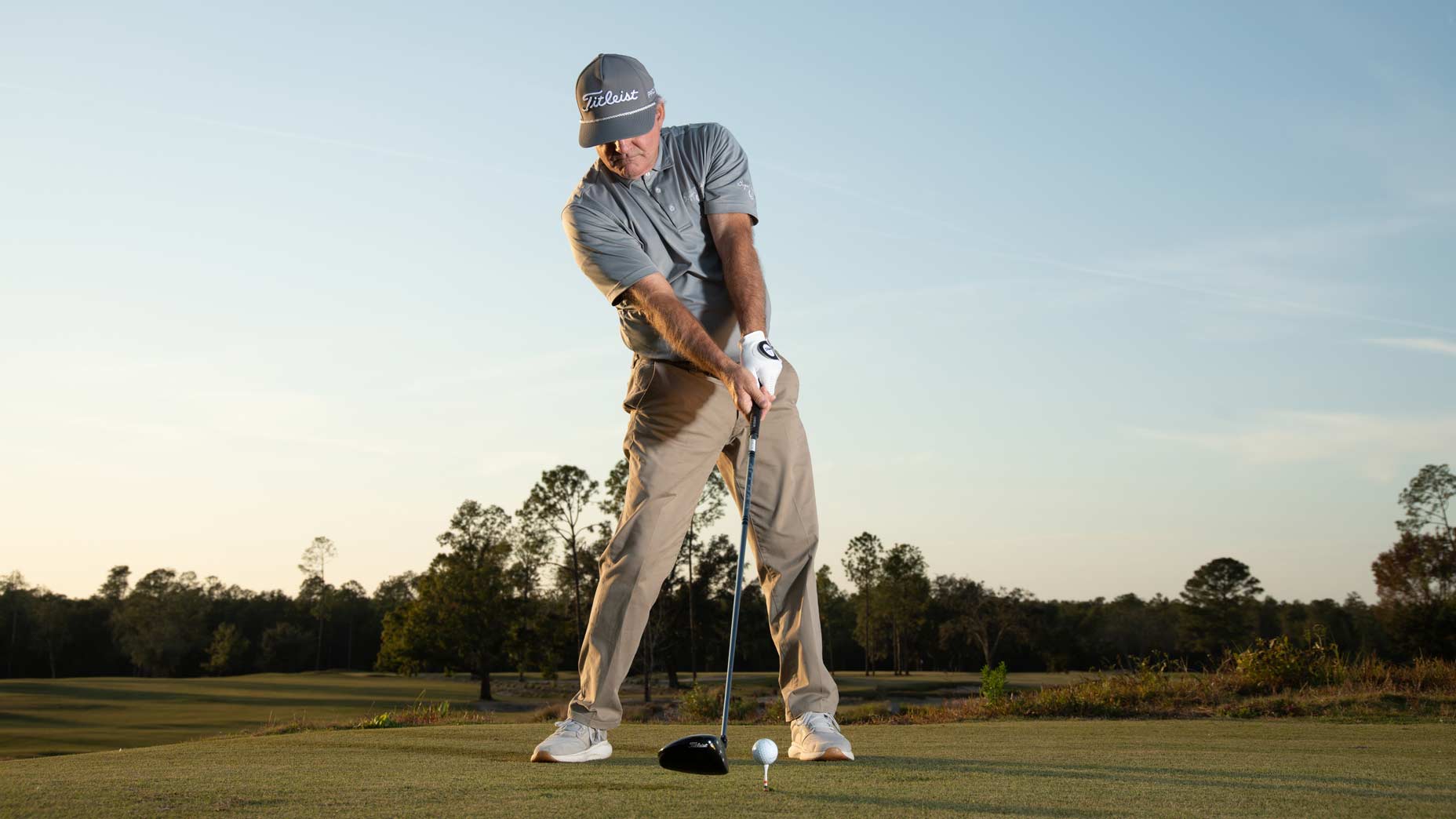Welcome to Shaving Strokes, a new GOLF.com series in which we’re sharing improvements, learnings and takeaways from amateur golfers just like you — including some of the speed bumps and challenges they faced along the way.
It’s no secret that finding time for golf practice can be tricky.
Since many of us have full-time jobs, families and other activities to prioritize, setting aside a couple of hours to work on our game isn’t always in the cards. But most of us know that we won’t see improvements without hitting balls on the range or on the putting green.
How this teenager gained 60 yards (!) of carry and shaved 13 strokesBy: Nick Dimengo , Trent Wearner, Top 100 Teacher
What’s an amateur to do when they’re in this sort of dilemma? Find a strategy that allows you to improve without spending hours fully committing to golf practice.
Don’t think it’s possible? Think again!
Below, GOLF Teacher to Watch Dr. Alison Curdt shares how she was able to help one of her students go from a 20-handicap to a 15-handicap without exhaustive practice. So take a look at the secret formula that could help you see quick improvements as well.
Without golf practice, here’s how a 20-handicap shaved 5 strokes
“After coaching for 18 years, I’ve heard all sorts of requests and goals when players step onto my lesson tee. One of my favorites is the player who wants to get better without spending hours on golf practice.
“While this may seem impossible at first, check out how I satisfied this very request with one of my students, Tim, who candidly told me from the beginning: ‘My practice is going to be the time I’m with you in a lesson, but I want to be a 15-handicap [from a 20]!”
“Since the only opportunity Tim had for golf practice was his time with me, it made it difficult to formulate a plan. So I opted for a two-part strategy to help him achieve his goal of shaving five strokes off his game.
This NYC firefighter shaved over 10 strokes by eliminating fat shots. Here’s howBy: Nick Dimengo , Eric Cogorno
“I first focused on solidifying his setup and swing foundation, and then spent time improving his short game strategies on the course.
“After examining Tim’s full swing tendencies, a lot of errant shots resulted from poor aim and setup fundamentals. We improved his hold on the club by assessing his grip style (side under trail hand, slightly strong lead hand) and ensuring that the pressure points within the fingers were maximized (lead hand pinky and ring finger, trail hand index finger and thumb).
“By simply making this small adjustment, it helped Tim stabilize the clubface enough to reduce the club from rotating within his hands. In effect, it eliminated some of his sloppy shots.
“With that foundation set, we created a template for a wider stance by completing a balance test, which measured the best option for him to improve his balance and enhance rotation. We then worked on a routine to allow his ball position to remain consistent prior to each shot.
“Once this template was built, it came down to repeating the steps!
“Soon enough, Tim was turning triple and double-bogeys into mere bogeys — all by dedicating just a little bit more attention to his swing details.
“In the second phase of our task, we went onto the course to work on chipping and pitching strategies.
“Since most high-handicappers don’t hit many greens in regulation (GIR), having a reliable short game can help increase par and bogey saves. So each week, Tim and I headed to the course, where I put him in the most common chipping and pitching locations that he would tend to find himself in.
This 10-second test will help you dial in your setupBy: James Leitz, Top 100 Teacher
“I discovered that he always opted for a higher-lofted wedge (58-degree) for everything! By adding more tools to his toolbox — like a sand wedge, gap wedge and pitching wedge — I opened up his mind to keep the ball lower, helping him utilize more roll.
“Sure, we all enjoy the sight of a nice, high, soft flop shot around the green like the pros do, but executing that shot is extremely difficult and often leads to chunked or bladed shots.
“By changing Tim’s short game strategy, he found himself closer to the hole with less mishits — and strokes melted away from his scorecard.
“Since Tim didn’t spend hours at golf practice on a range just hitting balls, he utilized his time with me efficiently and began to see real improvements within four months. We simply met once a week, Tim didn’t practice on his own, and we accomplished his goal!
“So even if you’re limited on time to practice, consider alternative ways to fine-tune simple things like your setup and short game strategies. Improving these parts of your game can be done quickly and easily!”

